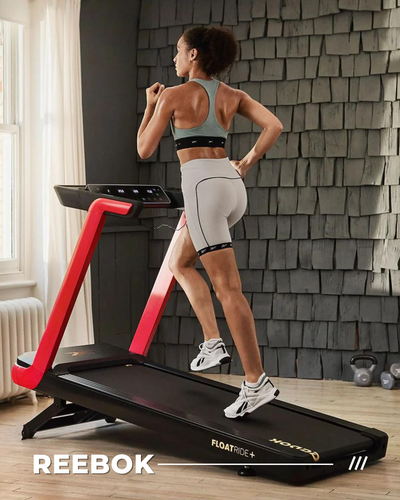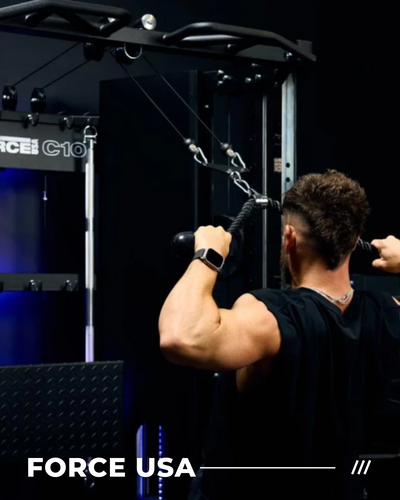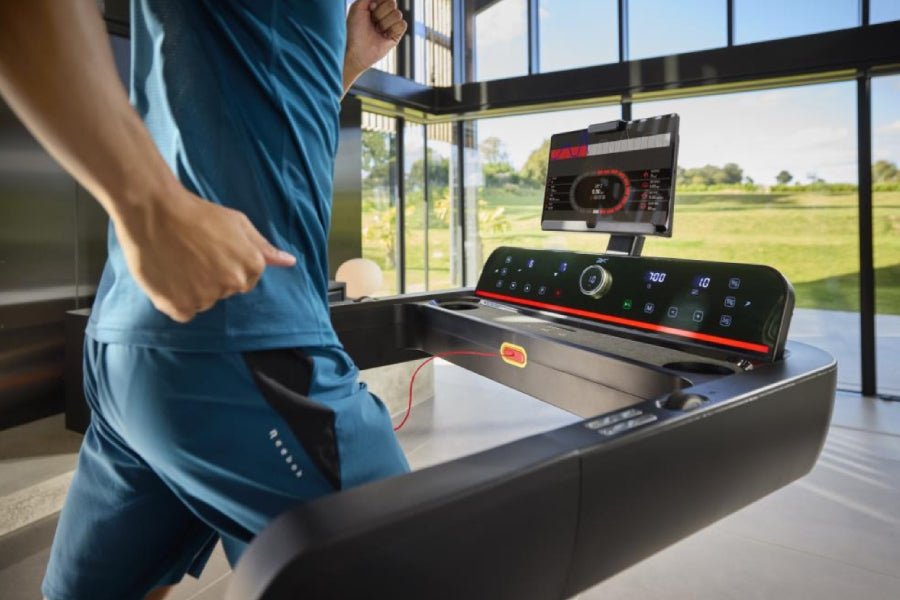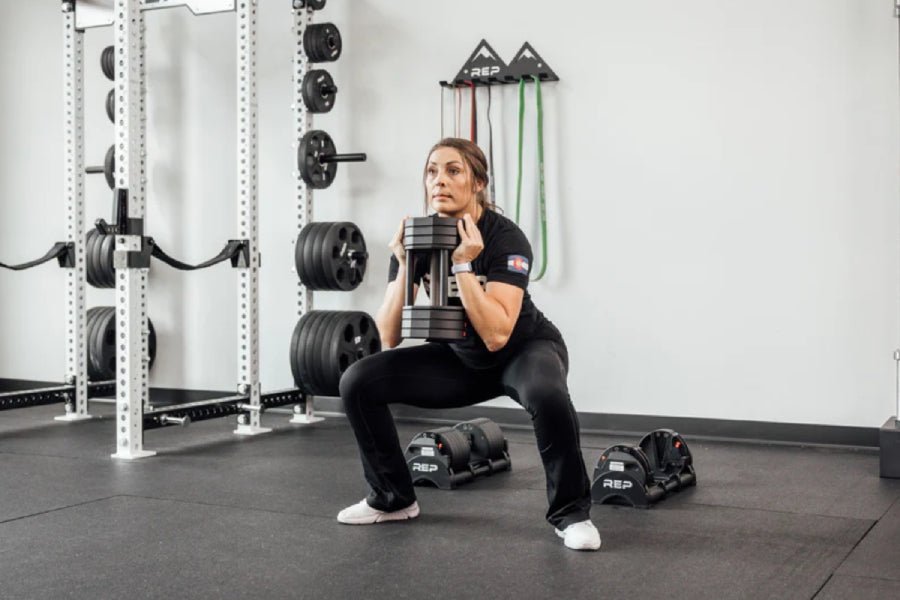Troubleshooting Common Issues with Treadmills and Rowers
GYMSPORTZ PTE LTD | 11 March 2025

Treadmills and rowing machines are fantastic for home workouts, but they occasionally run into problems that can disrupt your routine. Whether it's a belt that won’t move or resistance that feels off, knowing how to fix common issues can save time and money.
Here’s a guide to troubleshooting the most frequent problems with treadmills and rowers.
Treadmill belt not moving
If the belt on your treadmill isn’t moving, start by checking the power source. Ensure the treadmill is plugged in and the switch is turned on. If the display is working but the belt won’t move, the issue could be a loose or broken drive belt. Try tightening the drive belt using the tension adjustment screws, typically located at the rear of the treadmill. If the issue persists, the motor or control board might need servicing.
Uneven or slipping treadmill belt
A slipping belt is often caused by improper tension or wear. First, turn off the treadmill and check the alignment of the belt. If it's off-centre, adjust the rear roller bolts using an Allen key until it’s centred again. If the belt feels loose, tighten it gradually until it moves smoothly. For older treadmills, lubrication may be necessary. Check the user manual for the recommended lubricant type and apply it beneath the belt.
Treadmill making unusual noises
A noisy treadmill could be due to several reasons. Rattling or grinding sounds might indicate loose bolts or worn-out bearings. Start by tightening all visible screws and bolts. If the noise persists, check the motor for signs of wear. A lack of lubrication can also cause squeaking sounds, so apply lubricant to the belt and deck if needed.
Error codes on the treadmill display
Many treadmills display error codes when there’s an issue. Common errors include overheating, speed sensor malfunctions, or power surges. Refer to the manufacturer’s manual for specific troubleshooting steps. A simple reset—unplugging the machine for a few minutes and then restarting—can often resolve minor electronic issues.
Rower resistance feels too weak or too strong
For air and magnetic rowers, resistance issues may stem from a faulty damper setting or a problem with the resistance mechanism. Check that the resistance knob or lever is properly adjusted to accommodate different resistance levels. If using a water rowing machine, ensure there’s enough water in the tank for proper resistance. In some cases, air bubbles can form, affecting resistance—simply rotating the tank can help remove them.
Rowing machine seat doesn’t glide smoothly
A rough or stuck seat can make rowing uncomfortable. First, check the seat track for dirt or debris and clean it thoroughly. Apply a silicone-based lubricant if the seat still feels rough. For machines with wheels, inspect the rollers for damage and replace them if necessary.
Rowing machine handle recoil issues
If the handle on your rowing machine doesn’t return properly, the recoil system might need adjustment. On most models, a bungee cord or recoil spring controls the return. Check for signs of wear or slack in the cord and adjust or replace it if necessary. A frayed or tangled cord can also cause issues, so ensure it’s properly aligned.
Monitor not displaying accurate data
If the rowing machine’s display isn’t showing accurate stroke rate, distance, or calories burned, start by checking the batteries or power source. Loose wiring or a sensor misalignment can also lead to incorrect readings. Inspect the sensor near the flywheel or pulley and ensure it’s securely positioned.
Ensuring your fitness equipment stays in top shape
Regular maintenance helps prevent many of these issues. Keep your treadmill or rower clean, lubricate moving parts as recommended, and inspect for signs of wear. If you ever need professional servicing or replacement parts, Gymsportz offers a range of fitness equipment and accessories to keep your home gym running smoothly.







